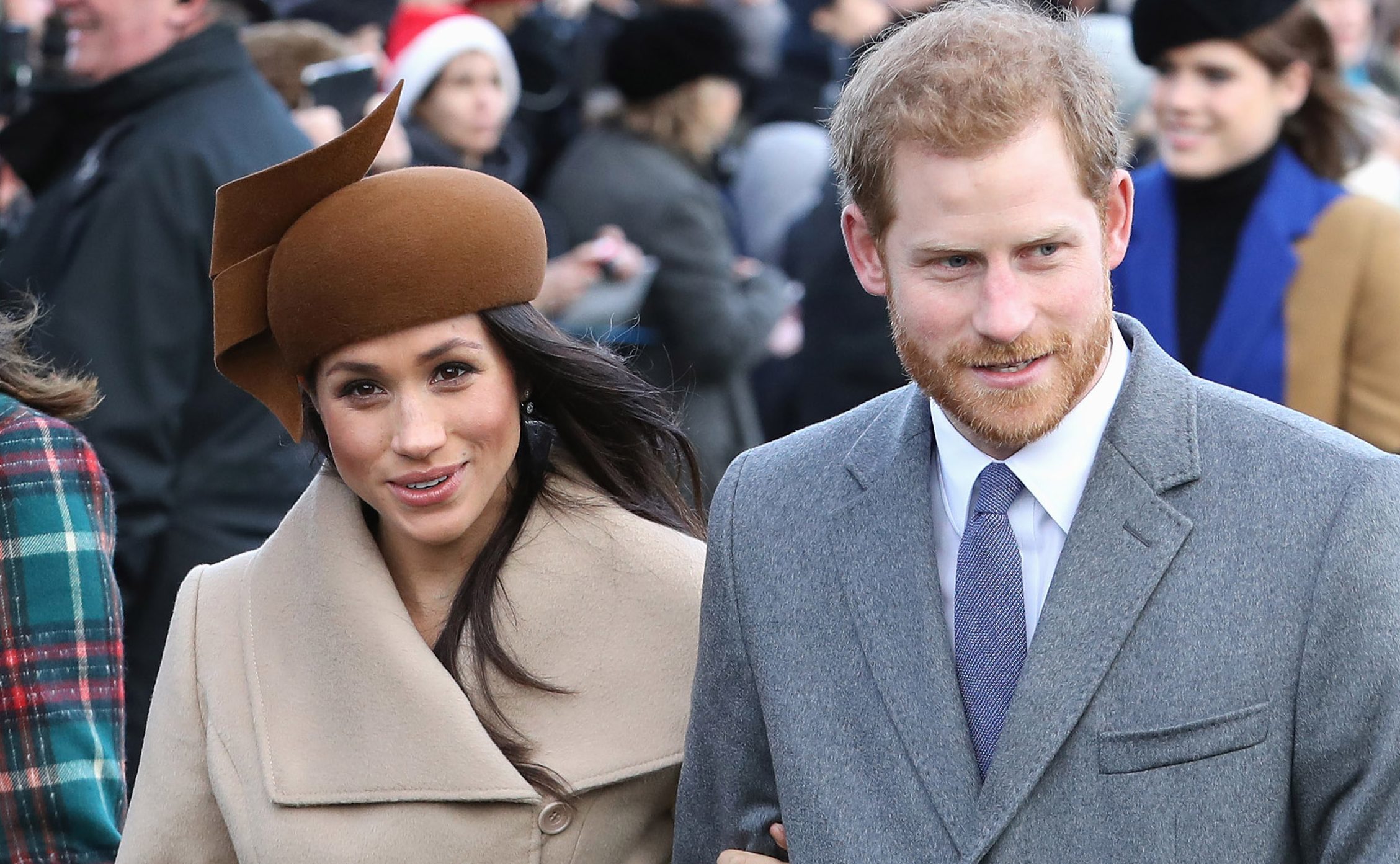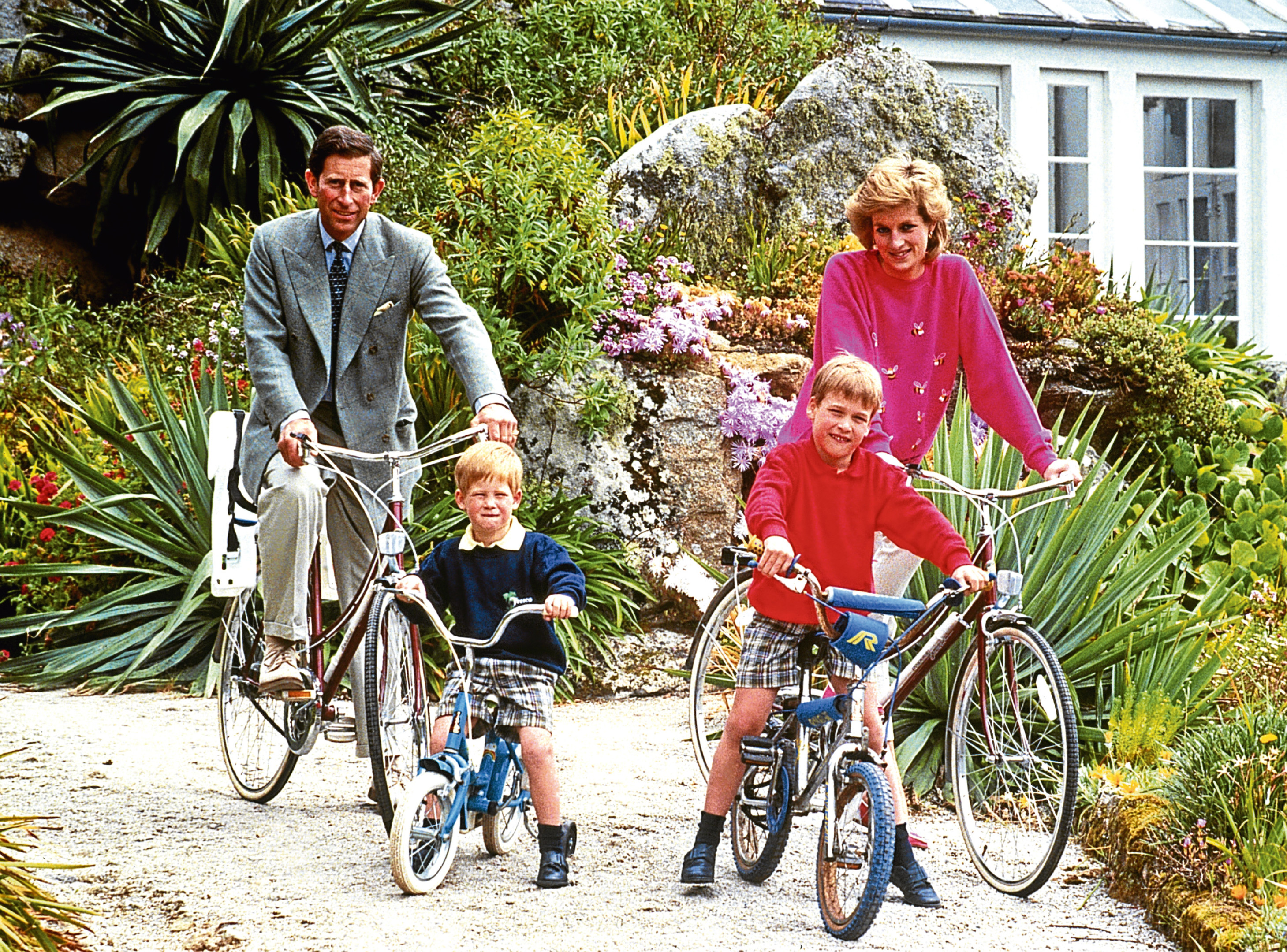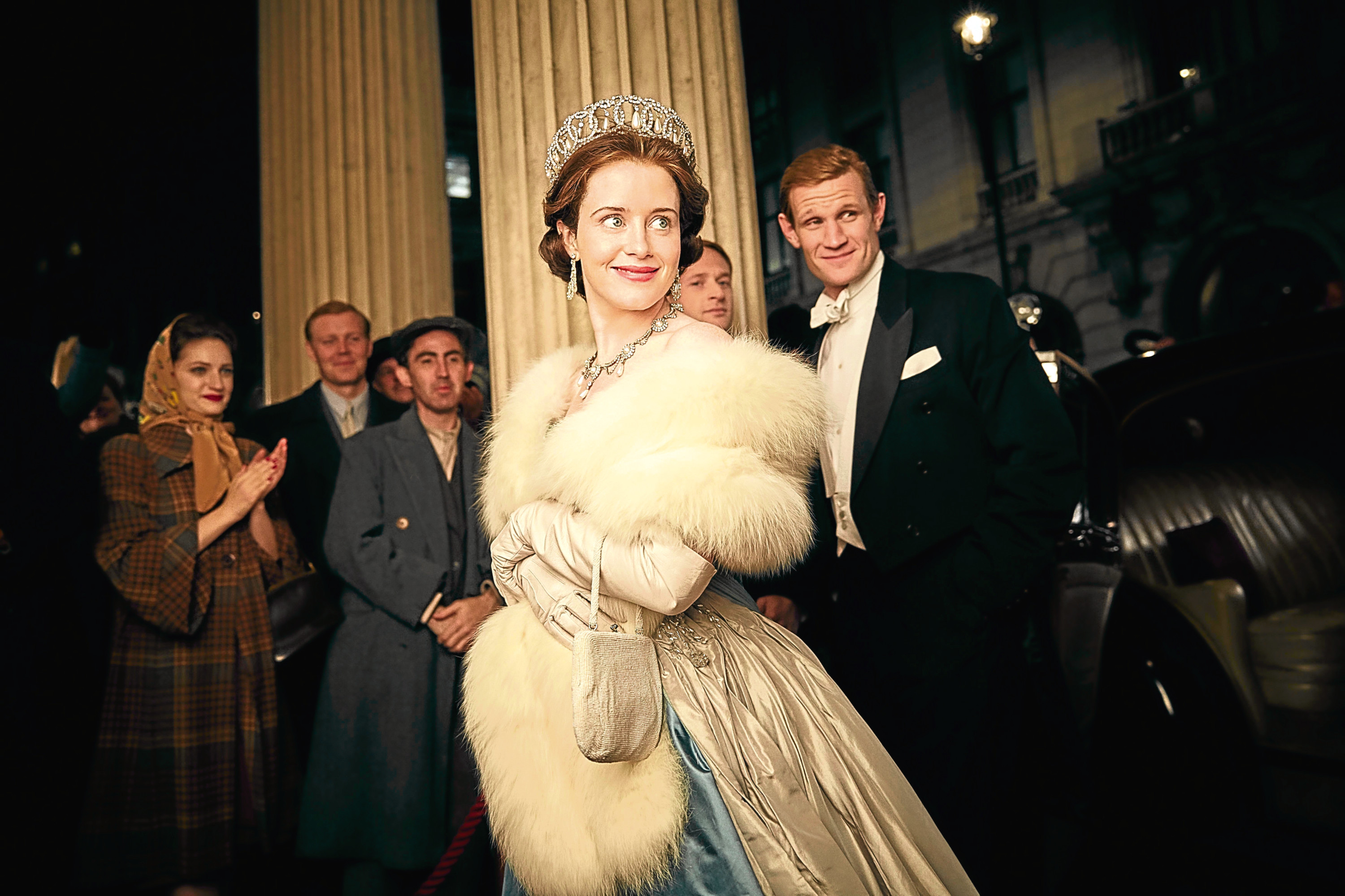
Do our royals cost far too much, or are they worth every penny?
Whenever people disagree about our monarch and wider family, one side tries to point out how much money they bring into the British economy through tourism and the like.
For the opposite camp, they take too many fancy holidays, all first-class travel, and are much too comfortable spending vast amount of taxpayers’ hard-earned money.
The truth, it would seem, is that they do cost significantly more than other royal families, but bring in far, far in excess of that amount.
The royals, in fact, brought in £430 million more than they cost us last year, leaving other royals such as the Spanish or Belgian ones lagging far behind.
This is the main finding of new research looking into royal expenditure, what they cost us and the UK’s financial benefits.
Overall, in 2018, the British royals contributed £595m via tourism, merchandise and the arts, while costing £165m.
This, apparently, makes them 18 times more profitable than Belgium’s royals, and an amazing 29 times more than the Spanish monarchy.
In the past five years, in fact, they have contributed £2.8 billion to the UK economy.
Next time your hackles are raised when you read how much, say, Harry and Meghan spend on a posh hotel or a new outfit, it may be worth remembering that their high profile on the world stage might in the end bring in more money than they actually spent, and another planeload of American tourists might land at Heathrow and go on a spending spree.
The main money earner, however, is the Crown Estate.
One of the country’s biggest landowners, with property valued at £12bn, it paid £329m into the Treasury last year alone.
All those tourists and Britons who paid for visits to Buckingham Palace and the Queen’s Gallery raked in £41m – and you can add a further £18m in merchandise sales.
Tourism, though, isn’t always the top earner. Media deals can bring in more with any royal-related ideas.
The Crown, on Netflix, and ITV hit Victoria, along with royal documentaries and other high-profile events, drew in a further £51 million for the British economy.
The royals themselves have helped broker business and trade deals worth £2.8bn over the last five years, but of course it isn’t all positive news.
They cost the country 23 times more than the royal family in Spain, with the biggest outlay being security.
The British Government pays out £47m for major events through the Sovereign Grant, for attending official duties and so on, but not the £70m for security.
There was a lot of attention focused on the security costs of Harry and Meghan’s wedding at Windsor Castle last year, but it felt like more of us enjoyed it than were angered by the cost of keeping the newlyweds safe.
And, as long as our royals bring in far more than they cost, it’s unlikely anyone will be too annoyed.
Find out more here.

Enjoy the convenience of having The Sunday Post delivered as a digital ePaper straight to your smartphone, tablet or computer.
Subscribe for only £5.49 a month and enjoy all the benefits of the printed paper as a digital replica.
Subscribe

